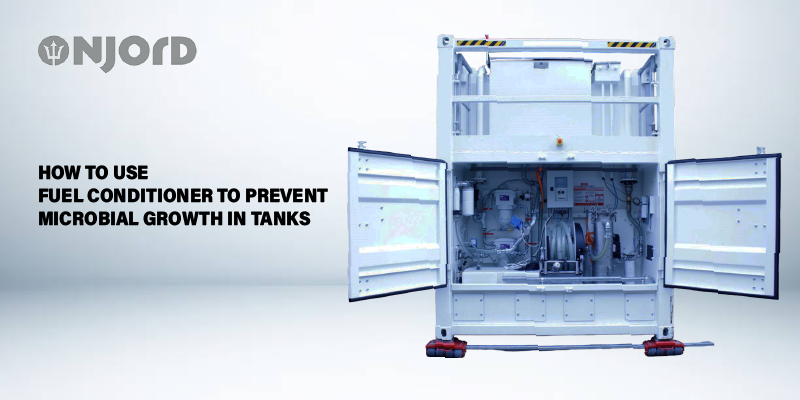You must have seen how dark and cool the fuel tanks and storage systems can be. This is the perfect condition for aerobic and anaerobic bacteria or microbes to set in. So, if you have been avoiding your routine fuel system conditioning or cleaning, then it can lead to the development of dirty slime in your fuel system. This can further cause blockage in the filters and strainers in your fuel tank or storage, and can also be the cause of corrosion and spoilage. In this blog, we are going to discuss microbial growth in fuel systems and how you can use a fuel conditioner to prevent that microbial growth in tanks or storage.
What is Microbial Growth in Fuel Tanks?
Microbial growth in fuel tanks and storage is caused by bacteria and fungi that find the environment appropriate. If your tank or fuel temperature is between 10 and 40 degrees Celsius, then it can be a perfect atmosphere for microbes.
These microbes can easily be found in the ground or mud, and they enter your fuel tank while you fill or through vents during storage. Once contaminated, it can grow due to various reasons, such as water condensation at the base of the tank.
What Can You Do To Prevent Microbial Growth in Fuel Tanks?
Fuel Storage and Handling
Proper fuel storage and handling practices are needed to prevent microbial contamination. You can start by storing fuel in sanitary and dry tanks that have good ventilation. This will avoid exposure to air and moisture, which is the main cause of microbial growth. Furthermore, you can also use dedicated equipment to transfer fuel and reduce fuel agitation while storing or transporting.
Inspection and Maintenance
Remember to have regular checks and servicing of fuel tanks and storage so that you can take care of any issues in advance. Inspecting the tanks will help you find any signs of leakage or corrosion. You can also fix any damage before it affects your fuel quality. Finally, having clean tanks will help you keep an eye on fuel levels and temperature, which can minimize the chances of microbial growth.
Fuel Conditioners
You can use fuel conditioners , which are basically biocides. These chemical additives can kill the growth and activity of any microbes. Fuel conditioners can help you prevent microbial growth in tanks by disrupting their cell membranes or affecting their metabolic process. So, you can add fuel conditioners to your fuel tanks or storage to control and reduce the risk of not only fuel degradation but also equipment damage.
Fuel Stabilizers
You can use additives to improve the stability and shelf life of fuel in your storage tanks. They work by preventing oxidation and degradation that may promote microbial growth. Overall, they help prevent sludge and sediment formation so that only clean fuel goes into the fuel injectors. Further, you can also use fuel stabilizers to improve the fuel efficiency and prevent any water from getting into your fuel system.
Filtration
You need to use an advanced filtration system to remove all the particulate matter from your fuel tank and storage. The impurities in fuel can lead to microbial growth and ruin the quality. So, with a filtration system in place, you can reduce the risk of microbial contamination while improving the reliability of your fuel.
(Also Read: Fuel System Maintenance: Best Practices for Maintaining Reliable Fuel Quality )
